Presenter: Yoshiaki Katada
Affiliation: Iwaki City Medical Center, Japan; Tokyo Medical University Ibaraki Medical Center, Japan
Abstract
This study evaluates the mid-term outcomes of transcatheter plug closure (AVP2) for LVOT pseudoaneurysms following aortic valve and root surgery. Three high-risk patients (EuroScore 1.92-9.65) achieved complete aneurysm closure with no device migration or cardiac dysfunction at 4.5-year follow-up. Technical success rate was 100%, with one perioperative stroke-related mortality (7.1%). AVP2 occlusion is a safe and effective minimally invasive option for wide-neck LVOT pseudoaneurysms.
Introduction
LVOT pseudoaneurysms are rare but life-threatening complications post-cardiac surgery. Transcatheter closure offers a less invasive alternative to open repair, particularly for high-risk patients. This study details technical strategies and outcomes in three complex cases.
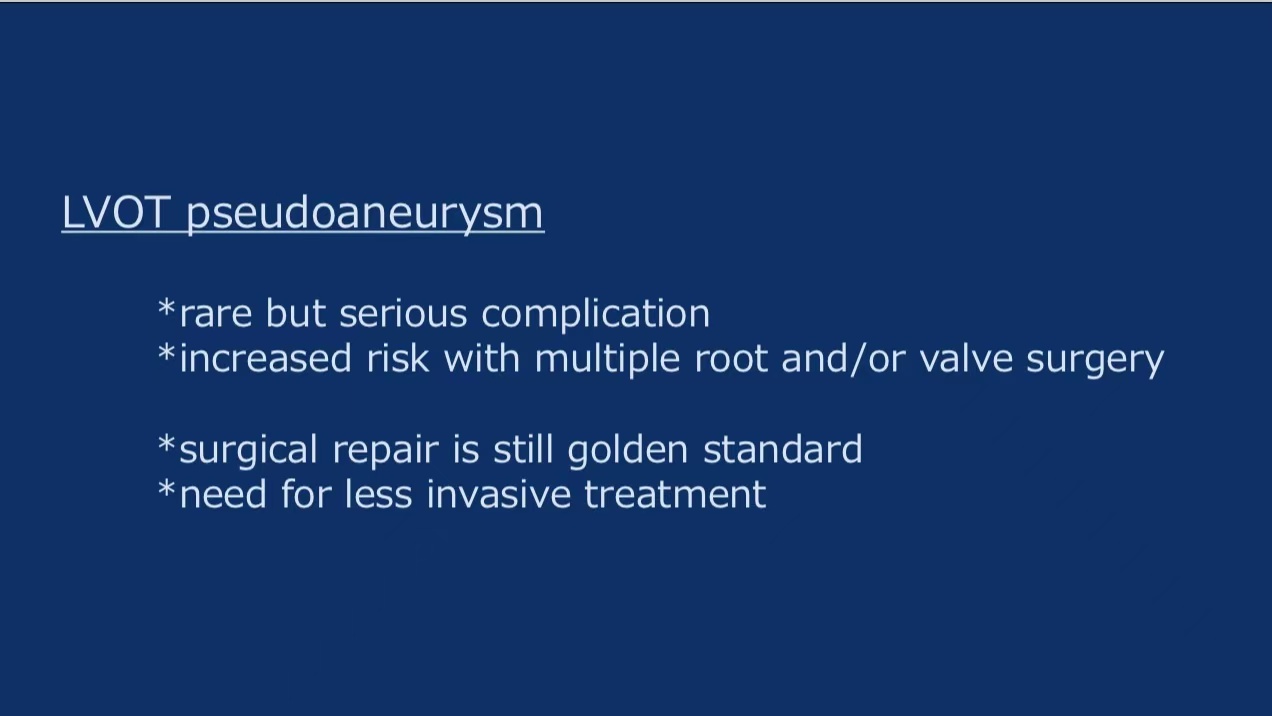
Case Study
Case 1: A 74-year-old female with IE underwent AVR and redo-AVR.

Preoperative CT revealed an 8.5mm-neck pseudoaneurysm.
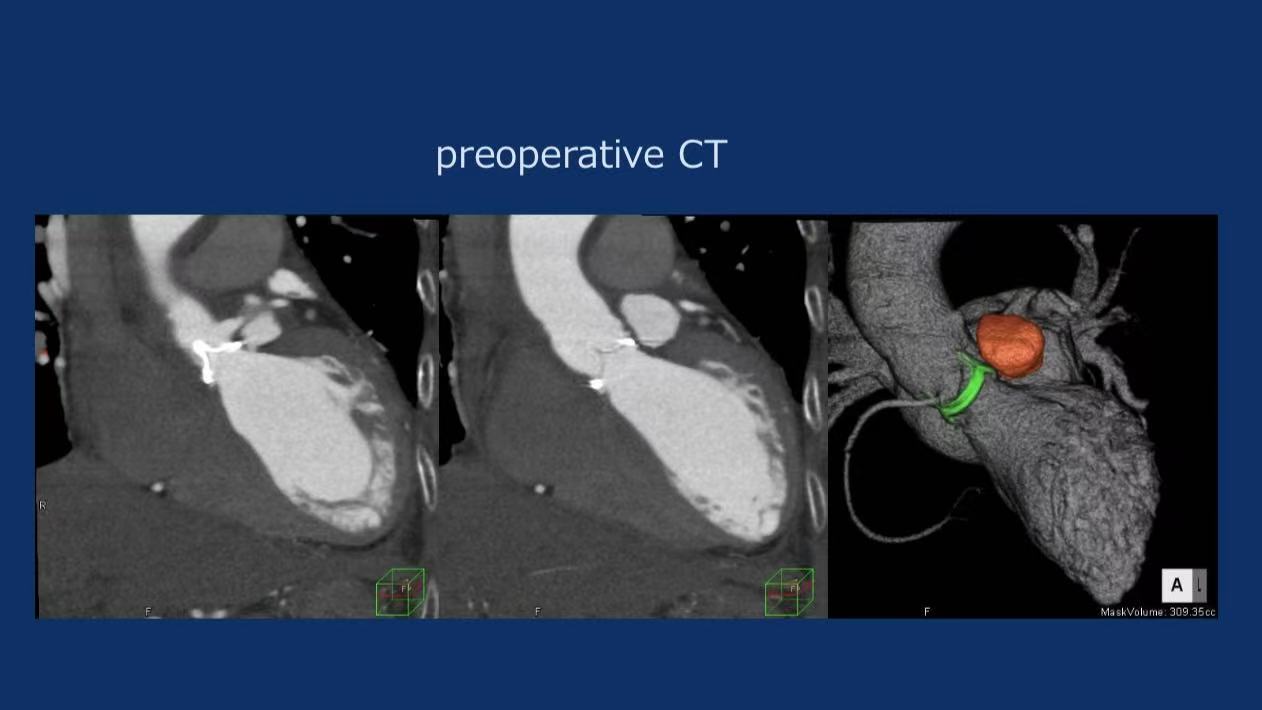
AVP2 10mm was deployed via femoral access.
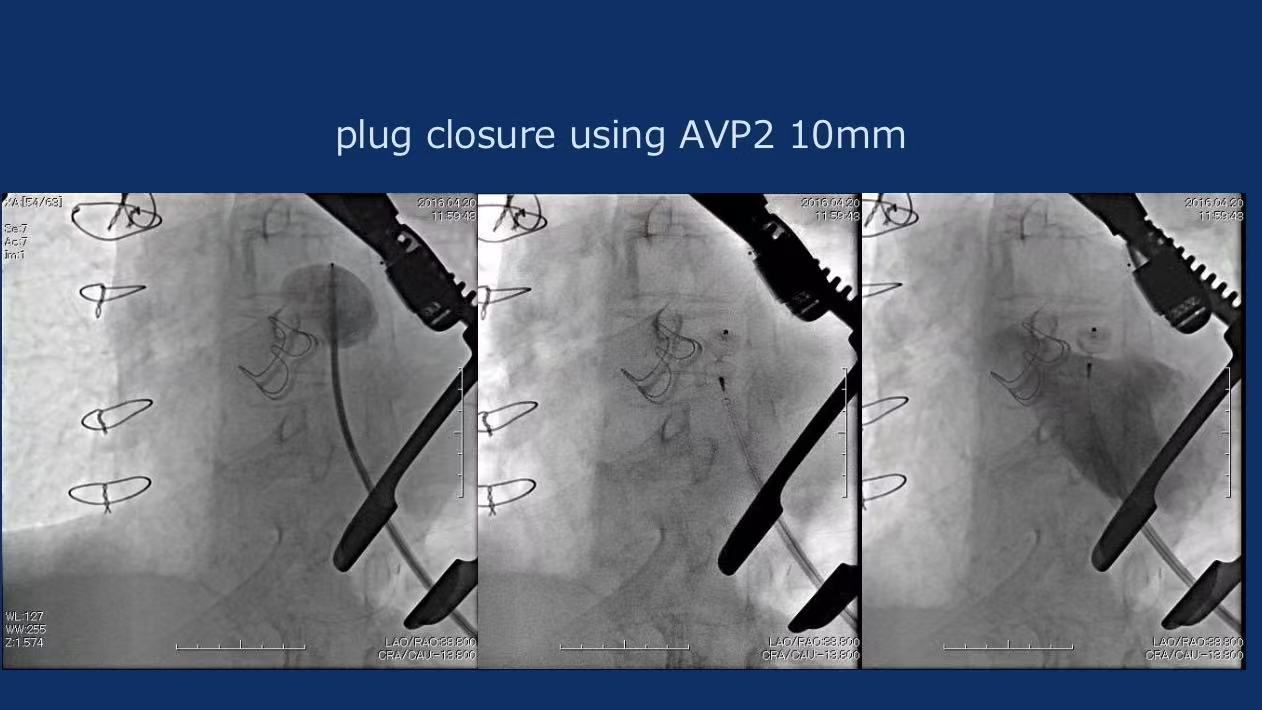
Follow-up at 4.5 years showed sustained closure.

Case 2: A 65-year-old male post-Bentall procedure presented with a 3.2mm-neck aneurysm.

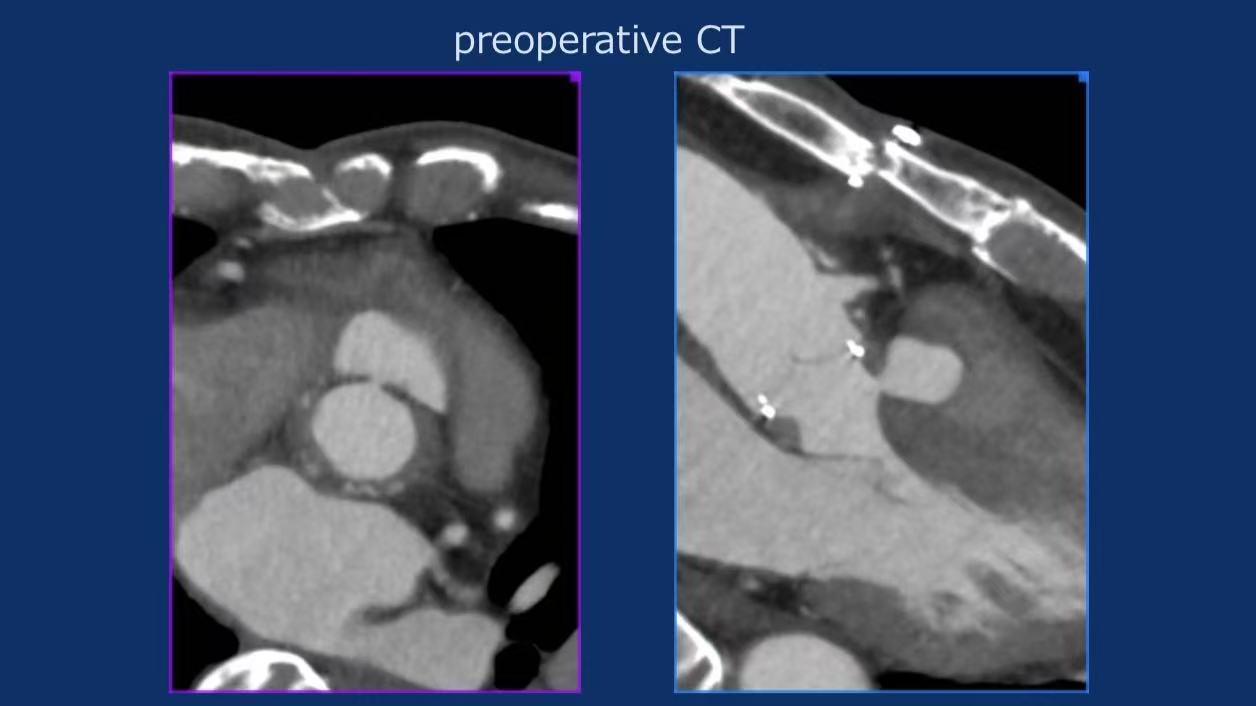
Transapical AVP2 12mm achieved complete sealing, confirmed at 2.5-year imaging.
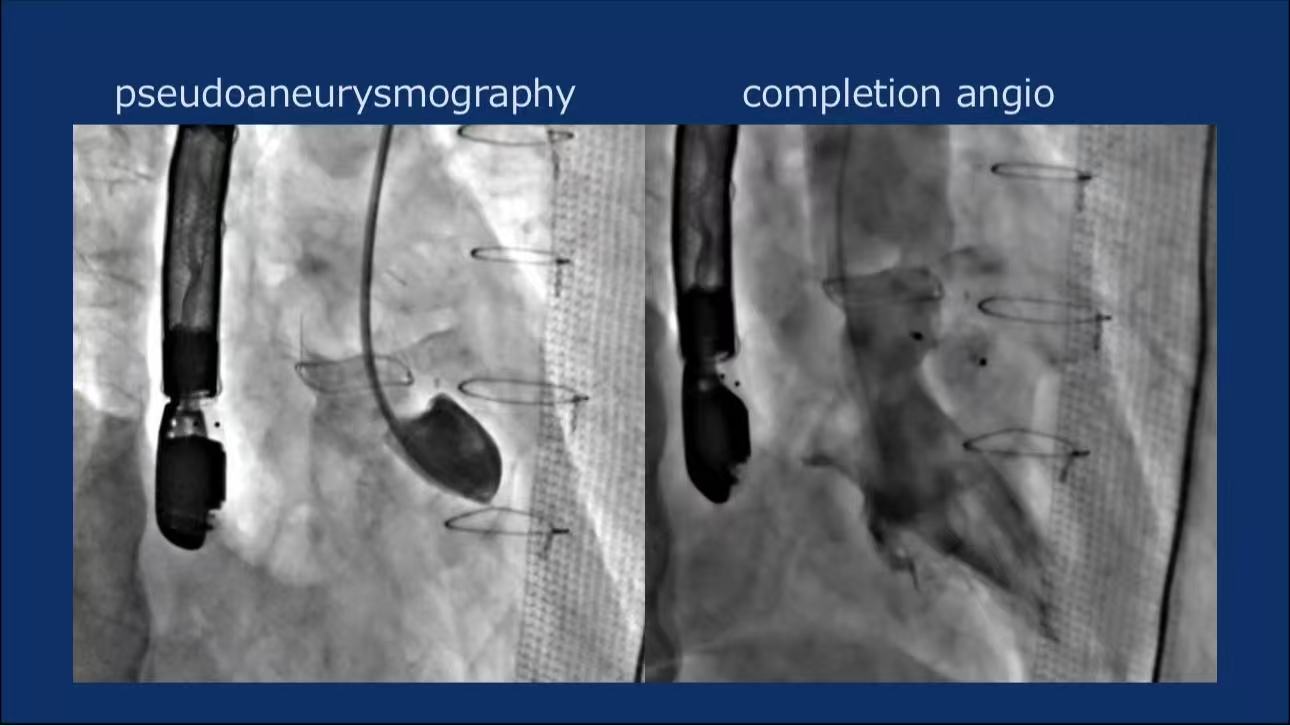
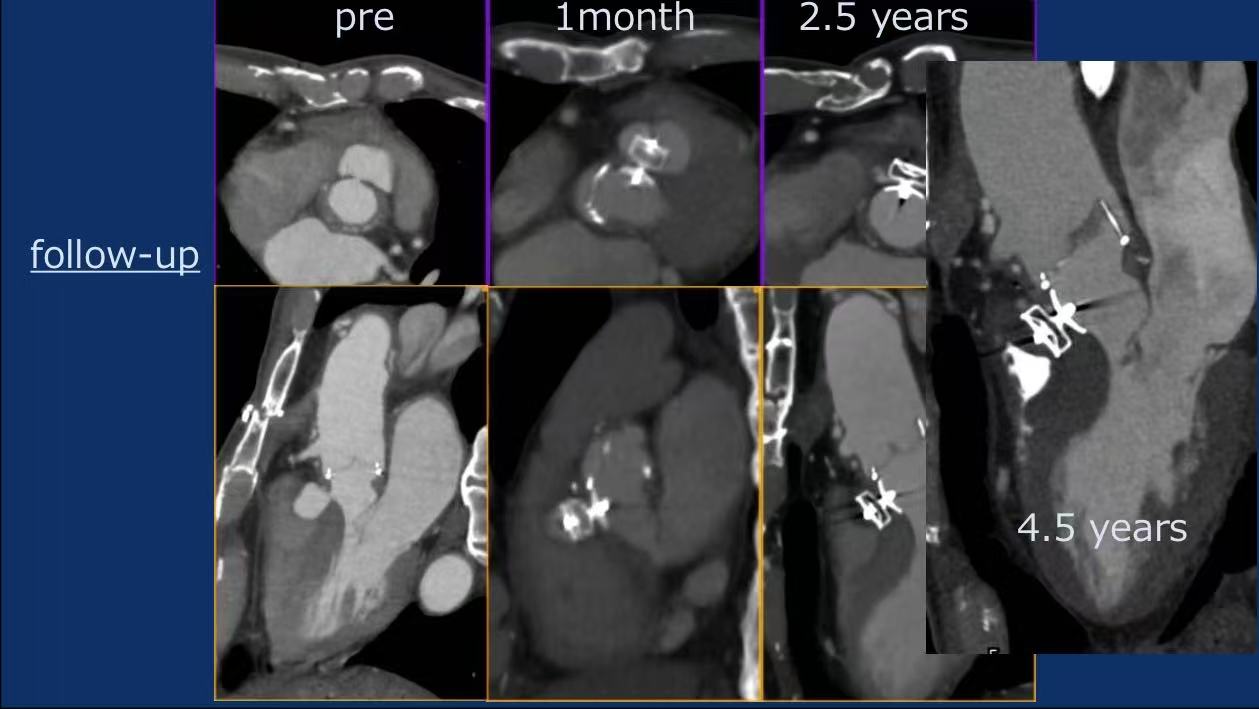
Case 3: A 74-year-old female post-Bentall+MAP developed a 2.5mm-neck aneurysm.

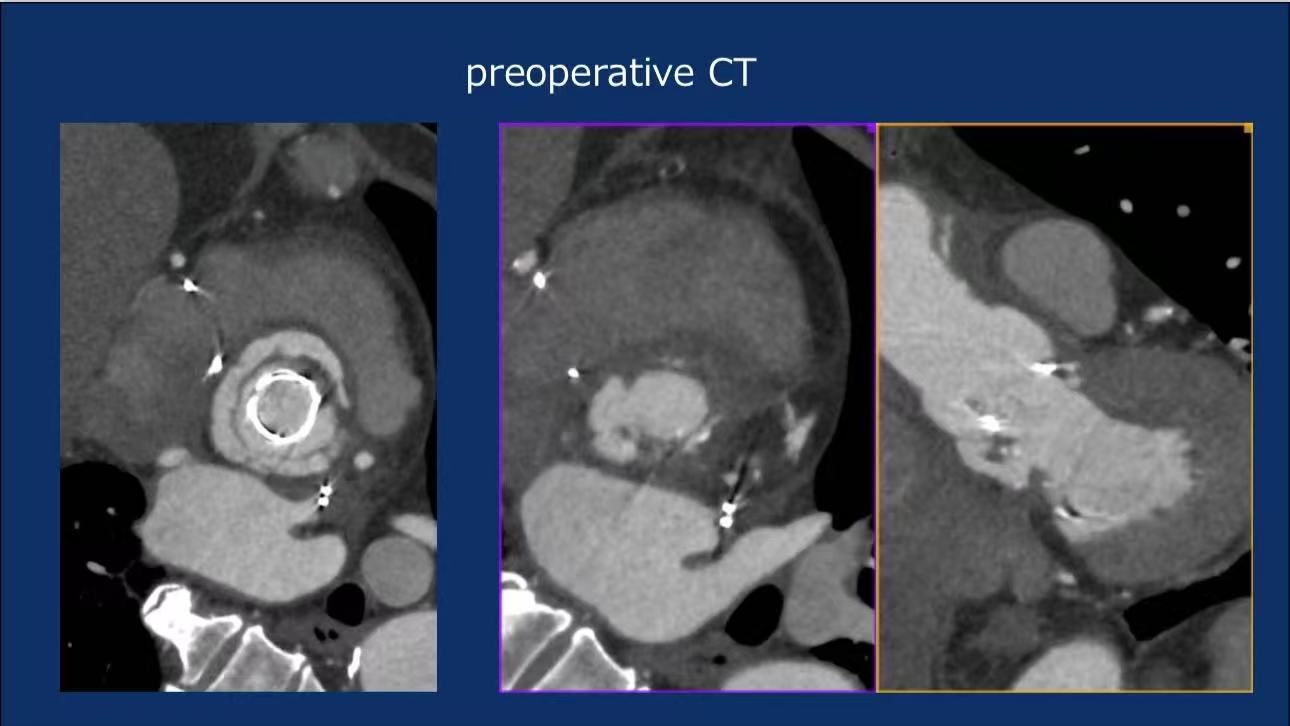
Transarterial AVP2 8mm deployment resulted in thrombosis at 42 days, with no recurrence at 3 years.
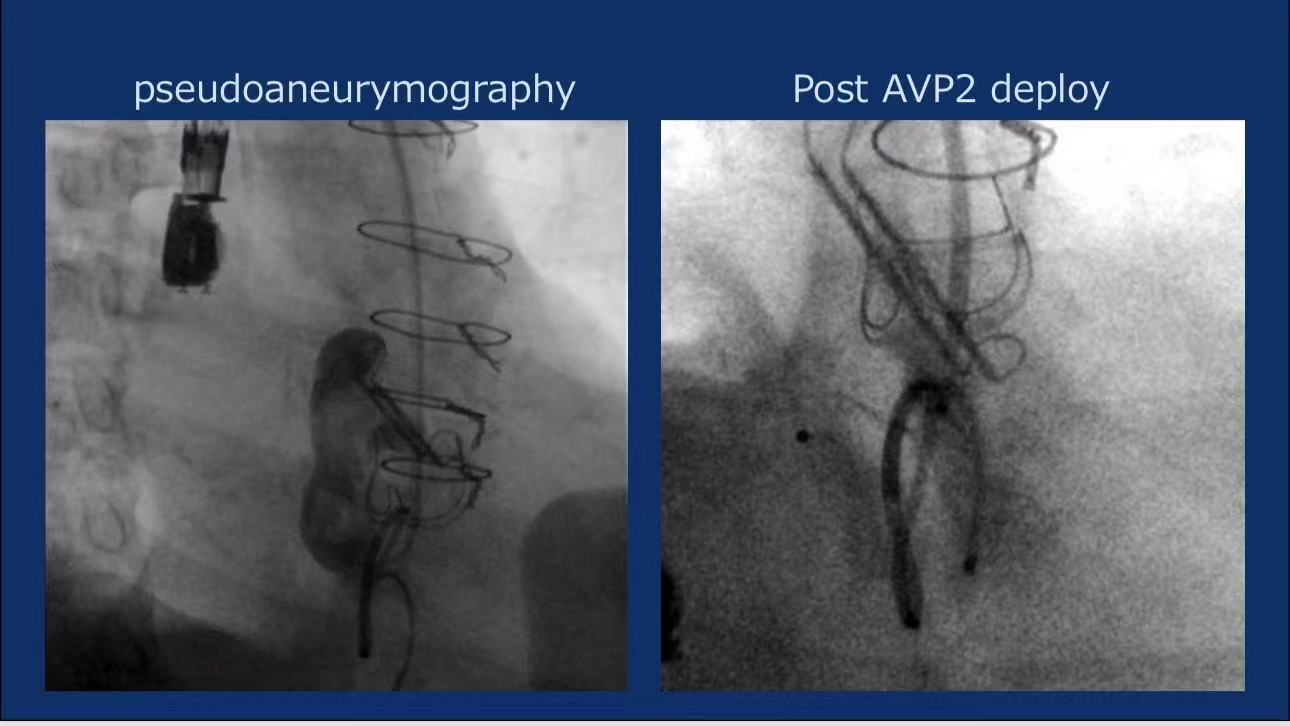
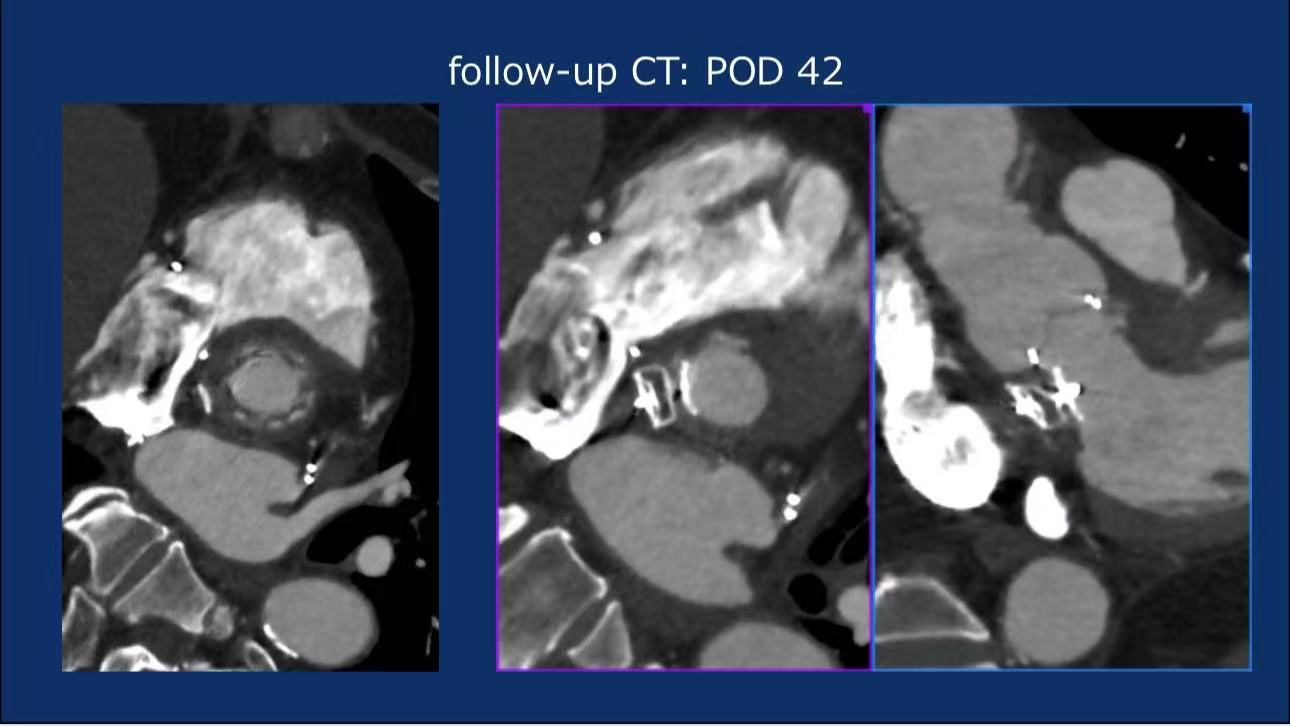
Conclusions
1.AVP2 for Wide Necks: The triple-layered mesh design ensures stability in large defects (≥8mm), avoiding coil migration risks.
2.Dual Access Feasibility: Both transarterial and transapical approaches are viable, tailored to anatomical constraints.
3.Mandatory Anticoagulation: Long-term anticoagulation (e.g., warfarin) is critical to prevent thrombotic events, especially in atrial fibrillation.



